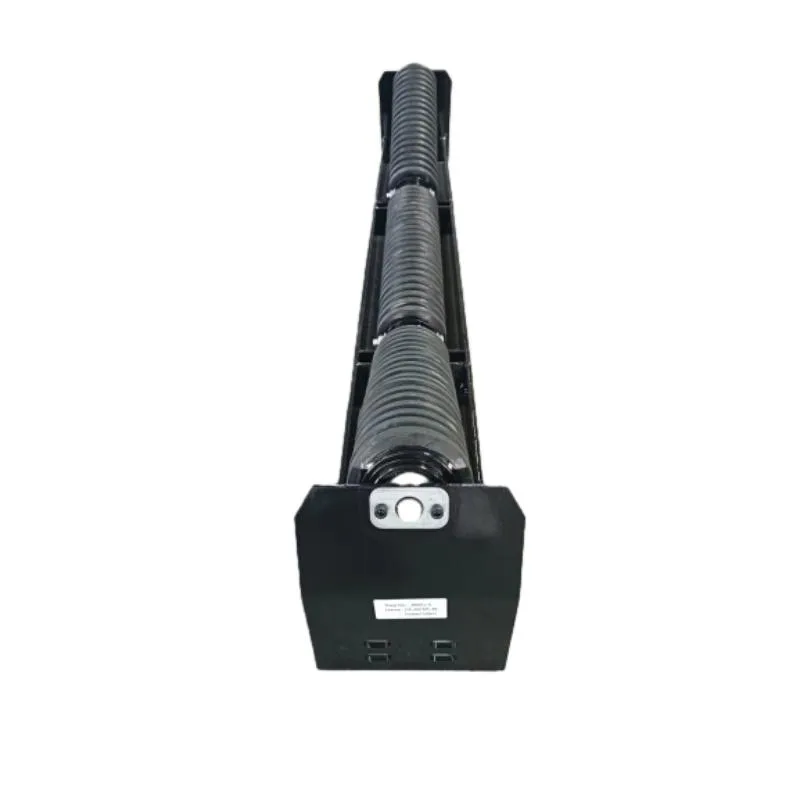 Afrikaans
Afrikaans  Albanian
Albanian  Amharic
Amharic  Arabic
Arabic  Armenian
Armenian  Azerbaijani
Azerbaijani  Basque
Basque  Belarusian
Belarusian  Bengali
Bengali  Bosnian
Bosnian  Bulgarian
Bulgarian  Catalan
Catalan  Cebuano
Cebuano  Corsican
Corsican  Croatian
Croatian  Czech
Czech  Danish
Danish  Dutch
Dutch  English
English  Esperanto
Esperanto  Estonian
Estonian  Finnish
Finnish  French
French  Frisian
Frisian  Galician
Galician  Georgian
Georgian  German
German  Greek
Greek  Gujarati
Gujarati  Haitian Creole
Haitian Creole  hausa
hausa  hawaiian
hawaiian  Hebrew
Hebrew  Hindi
Hindi  Miao
Miao  Hungarian
Hungarian  Icelandic
Icelandic  igbo
igbo  Indonesian
Indonesian  irish
irish  Italian
Italian  Japanese
Japanese  Javanese
Javanese  Kannada
Kannada  kazakh
kazakh  Khmer
Khmer  Rwandese
Rwandese  Korean
Korean  Kurdish
Kurdish  Kyrgyz
Kyrgyz  Lao
Lao  Latin
Latin  Latvian
Latvian  Lithuanian
Lithuanian  Luxembourgish
Luxembourgish  Macedonian
Macedonian  Malgashi
Malgashi  Malay
Malay  Malayalam
Malayalam  Maltese
Maltese  Maori
Maori  Marathi
Marathi  Mongolian
Mongolian  Myanmar
Myanmar  Nepali
Nepali  Norwegian
Norwegian  Norwegian
Norwegian  Occitan
Occitan  Pashto
Pashto  Persian
Persian  Polish
Polish  Portuguese
Portuguese  Punjabi
Punjabi  Romanian
Romanian  Russian
Russian  Samoan
Samoan  Scottish Gaelic
Scottish Gaelic  Serbian
Serbian  Sesotho
Sesotho  Shona
Shona  Sindhi
Sindhi  Sinhala
Sinhala  Slovak
Slovak  Slovenian
Slovenian  Somali
Somali  Spanish
Spanish  Sundanese
Sundanese  Swahili
Swahili  Swedish
Swedish  Tagalog
Tagalog  Tajik
Tajik  Tamil
Tamil  Tatar
Tatar  Telugu
Telugu  Thai
Thai  Turkish
Turkish  Turkmen
Turkmen  Ukrainian
Ukrainian  Urdu
Urdu  Uighur
Uighur  Uzbek
Uzbek  Vietnamese
Vietnamese  Welsh
Welsh  Bantu
Bantu  Yiddish
Yiddish  Yoruba
Yoruba  Zulu
Zulu Different Types of Idlers for Belt Conveyors Explained
Understanding Belt Conveyor Idler Types
Belt conveyors are essential components in various industries, facilitating the movement of materials from one point to another efficiently. Among the key elements that contribute to the performance and longevity of a belt conveyor system are idlers. Idlers support the conveyor belt, maintain its alignment, and ensure optimal friction for material transport. This article explores the different types of belt conveyor idlers and their applications.
1. Overview of Idlers in Belt Conveyors
Idlers are cylindrical rollers mounted on frames at specific intervals along the conveyor belt. They play a critical role in reducing friction, providing support to the belt, and helping to stabilize its position. The choice of idler type can significantly impact the efficiency and durability of the conveyor system.
2. Types of Belt Conveyor Idlers
There are several types of belt conveyor idlers, each designed for specific applications and environments. The most common types include
a. Flat Idlers
Flat idlers consist of a single flat roller and are commonly used in applications where the material being conveyed is not aggressive or has low bulk density. They provide stable support for the conveyor belt and help minimize friction, but they are not typically used in heavy-duty applications.
b. Trough Idlers
Trough idlers are perhaps the most widely used type in industries. They consist of a set of rollers arranged in a trough shape, typically at angles of 20°, 35°, or 45°. This design allows for more significant load-bearing capabilities by confining the material within the belt edges, reducing spillage during transport. Trough idlers are ideal for bulk materials such as coal, gravel, and ores.
Impact idlers are specially designed to handle the stress and impact of heavy materials falling onto the conveyor belt. They feature reinforced constructions and are usually found at loading points. By distributing the load over a broader area, impact idlers help prolong the life of the conveyor belt and reduce maintenance costs.
d. Return Idlers
belt conveyor idler types

As the name implies, return idlers are located on the underside of the conveyor to support the belt as it returns to the loading point. They are typically flatter than the carrying idlers and help maintain the belt's profile while preventing sagging. Return idlers are crucial for the overall structural integrity of the system.
e. Self-Cleaning Idlers
Self-cleaning idlers are designed to reduce the build-up of material on the idler surface. They feature a unique design that allows material to be expelled efficiently, minimizing carry-back and maintaining belt cleanliness. These idlers are particularly beneficial in applications where sticky or wet materials are being handled.
f. Conical Idlers
Used primarily in applications with steep inclines, conical idlers feature a conical shape that helps direct bulk material towards the center of the belt during transportation. This design reduces the risk of spillage and material misalignment, making it suitable for conveying materials like sand or gravel at higher angles.
3. Material Considerations
Idlers are typically made from various materials, including steel, rubber, and plastic, depending on the operational environment. Steel idlers offer durability and resistance to wear, suitable for heavy-duty applications. In contrast, plastic idlers may be used in environments with moisture or corrosion concerns.
4. Key Factors in Choosing Idlers
When selecting the appropriate type of idler for a specific conveyor application, several factors should be considered, including
- Material Type The characteristics of the material being transported, including its weight and abrasiveness. - Conveyor Length and Incline Longer conveyors or those with inclines may require specific idlers for stability and support. - Environmental Conditions Factors such as moisture, temperature, and the potential for corrosive materials can influence idler selection. - Maintenance Needs Considering the ease of maintenance and replacement can lead to long-term cost savings.
Conclusion
Belt conveyor idlers are integral to the functionality and efficiency of conveyor systems across various industries. By understanding the different types of idlers and their specific applications, businesses can optimize their operations, reduce maintenance costs, and improve material handling processes. Selecting the right idler not only contributes to the smooth operation of conveyor systems but also enhances the longevity and sustainability of the materials being transported.
-
Revolutionizing Conveyor Reliability with Advanced Rubber Lagging PulleysNewsJul.22,2025
-
Powering Precision and Durability with Expert Manufacturers of Conveyor ComponentsNewsJul.22,2025
-
Optimizing Conveyor Systems with Advanced Conveyor AccessoriesNewsJul.22,2025
-
Maximize Conveyor Efficiency with Quality Conveyor Idler PulleysNewsJul.22,2025
-
Future-Proof Your Conveyor System with High-Performance Polyurethane RollerNewsJul.22,2025
-
Driving Efficiency Forward with Quality Idlers and RollersNewsJul.22,2025





























